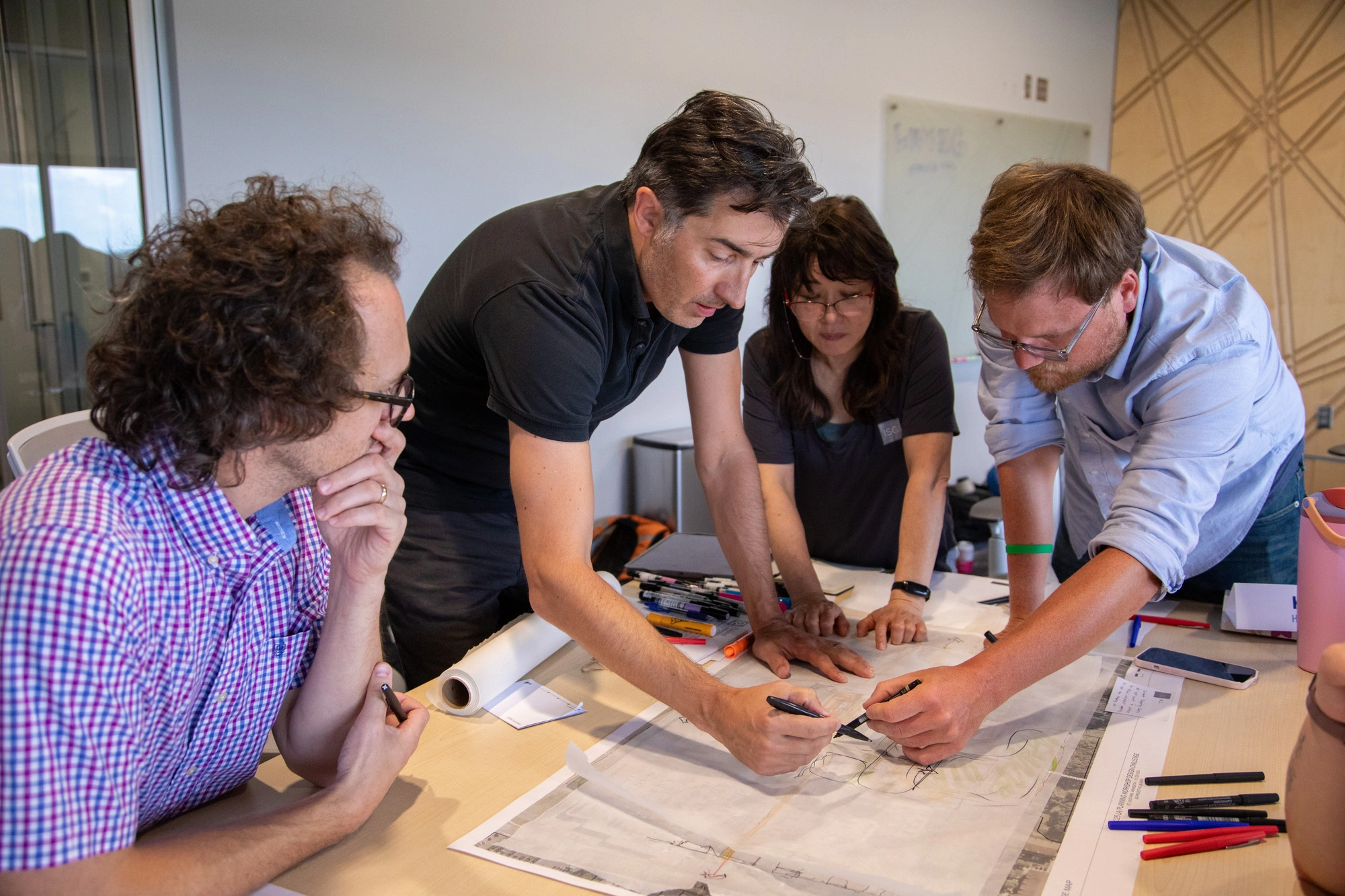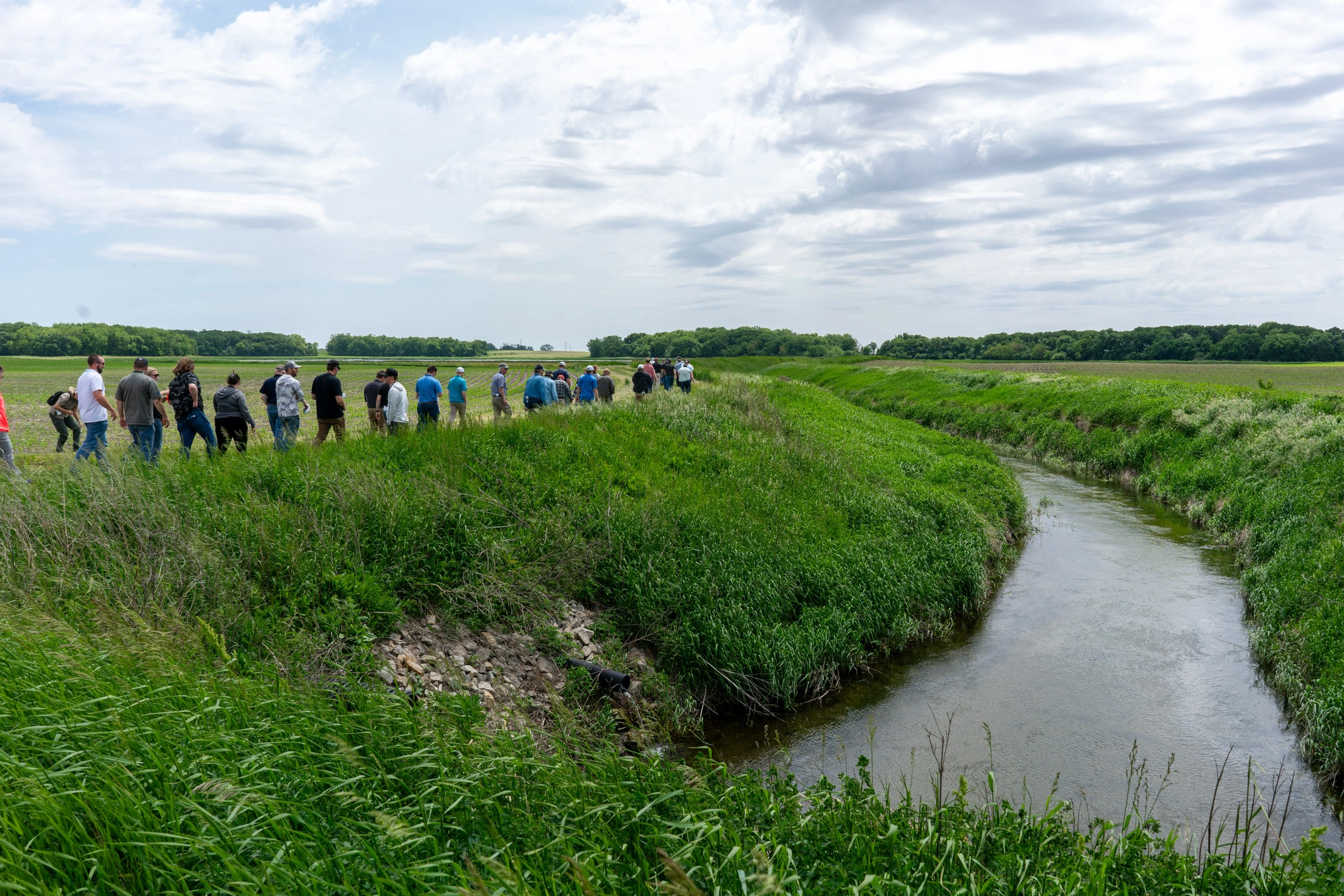Building a Smarter Water Quality Data System Through Custom Technology
Water quality data offers critical insights into the health and safety of water resources, providing data to track ecosystem health and support restoration efforts. Managing this data is no small task, especially when it involves multiple sampling sites, field teams, and years of historical records. For the Shell Rock River Watershed District (SRRWD), outdated systems were making that task harder than it needed to be. A digital data transformation brings clarity, efficiency, and a new vision for the future for the watershed.
Shifting the Narrative: Challenge as an Opportunity
ISG’s collaboration with SRRWD over the years gave us firsthand insight into a recurring challenge: their Microsoft Access-based water quality database. While it had served its purpose for a time, it was difficult to navigate, cumbersome to update, and required considerable manual reformatting just to extract usable data. Field staff also relied on paper forms to collect data in the field that were later digitized. This double-handling process introduced delays and increased the risk of human error.
The process was time-consuming and error-prone, which wasn’t ideal for a team tasked with protecting water resources. The idea for a new, streamlined database system emerged during a business development meeting. In a candid discussion, staff shared their frustrations with the old system and explained that high prices discouraged them from working with large database developers.
That’s when ISG tapped into our multi-disciplinary team and were confident we could deliver a cost-effective solution. Through ongoing communication between SRRWD staff and ISG experts, we developed a practical, flexible system tailored to their workflows.
Built on Esri’s suite of tools, the real breakthrough came from ISG’s custom coding, which took the powerful yet generic function of the standard software to a powerful and tailored solution. The fully integrated, highly customized platform fit seamlessly into SRRWD’s daily operations. To improve data collection efficiency, data can now be entered directly in the field using digital forms that integrate GPS and live weather data, auto-populating key fields like site information and weather conditions which eliminates duplication, improving accuracy.
While the system was designed with SRRWD staff in mind, ISG also built a public-facing dashboard to promote transparency and community engagement. This allows residents and interested parties to access real-time water quality summaries, view how local resources are performing, and understand the work being done in their watershed.

Early Results: Faster, Clearer, More Useful Data
Although the full system is still being rolled out, early feedback from SRRWD has been overwhelmingly positive. The new entry form alone has significantly reduced time and effort. When the new dashboard officially launches, it will offer dynamic summary charts, filterable maps, and instant access to the most relevant data.
Where users once had to dig through tables and manually reformat reports, they will now be able to see trends and patterns at a glance. This is a significant improvement for both internal users and external stakeholders.
Bring Clarity to Complexity By Partnering with ISG
ISG’s future plans include adding more visualization tools and building out advanced data summaries. The success of this collaboration shows that with the right mix of technology, teamwork, and purpose, even a legacy system can become a powerful tool for environmental stewardship.
Innovation in environmental data management like this is just the beginning of ISG expertise. Contact us to partner on your water restoration needs.

Related Articles


The Future of Southern Minnesota Lakes Conference Returns To Inspire Action on Lake Planning, Preservation, and Restoration
ISG is bringing back The Future of Southern Minnesota Lakes Conference for its fourth year from March 6–7, 2026 creating space for lake association members, environmental professionals, and community leaders dedicated to preserving and restoring Southern Minnesota lakes.

.webp)
ISG Recognized as a 2025–26 Emerging Professional Friendly Firm for the Fourth Consecutive Cycle
ISG has been honored as a 2025–26 Emerging Professional Friendly Firm by AIA chapters in North Dakota, South Dakota, Wisconsin, and Minnesota in recognition of its commitment to fair compensation, licensure support, mentorship, and growth for early-career architects.











